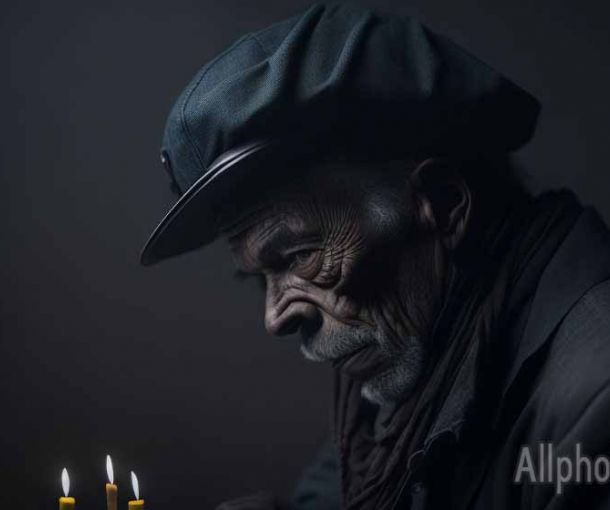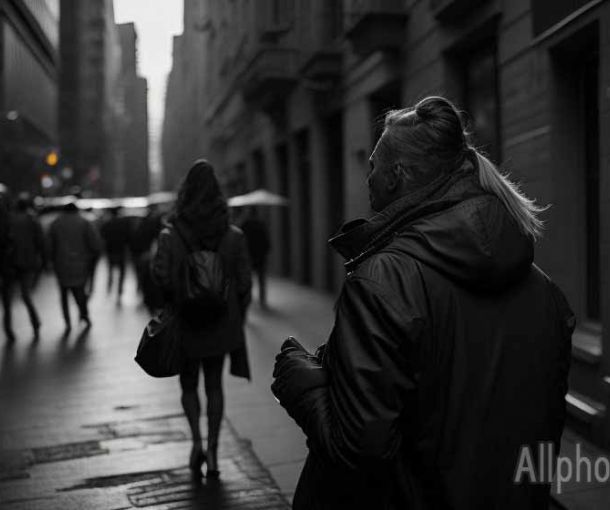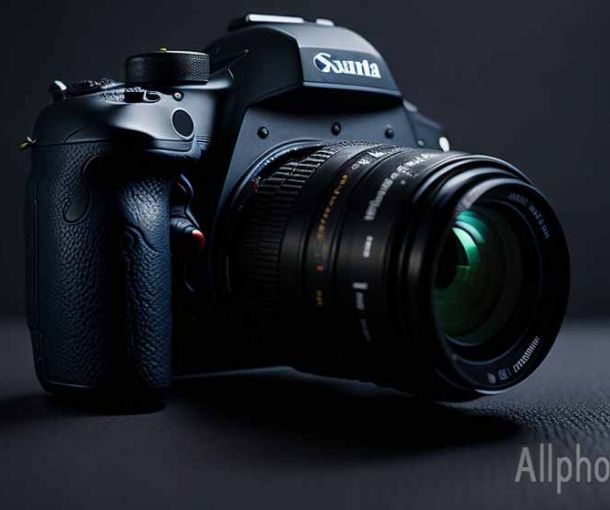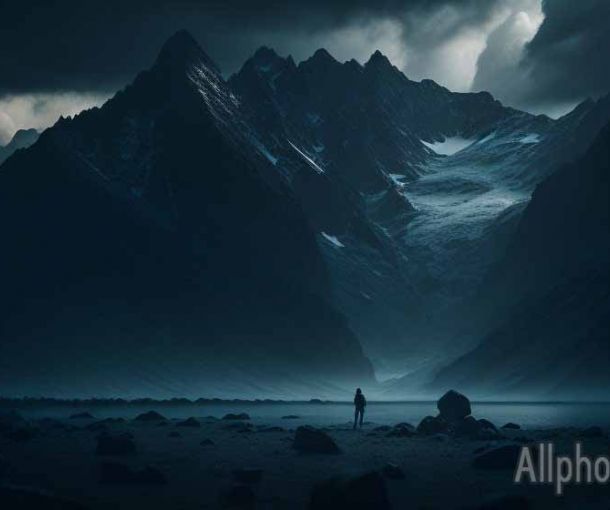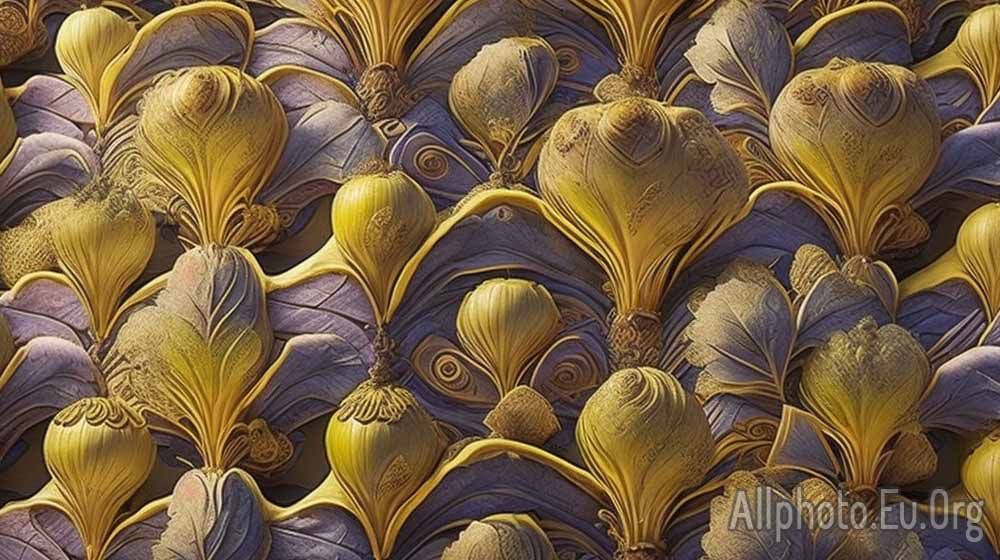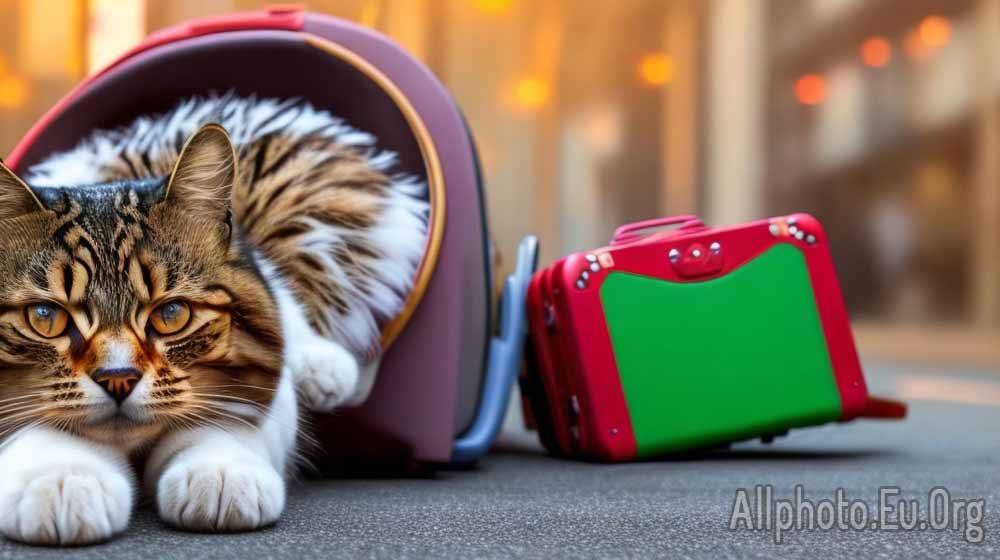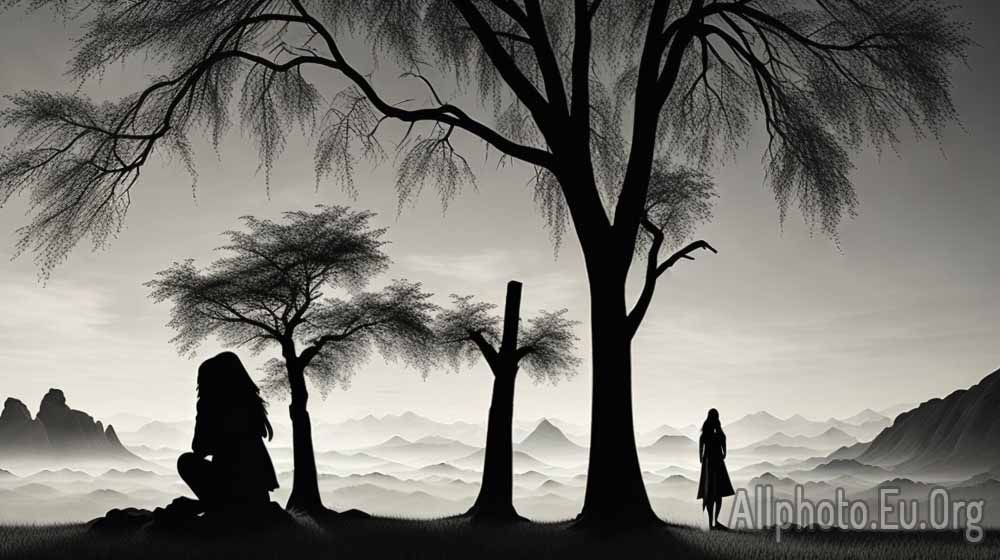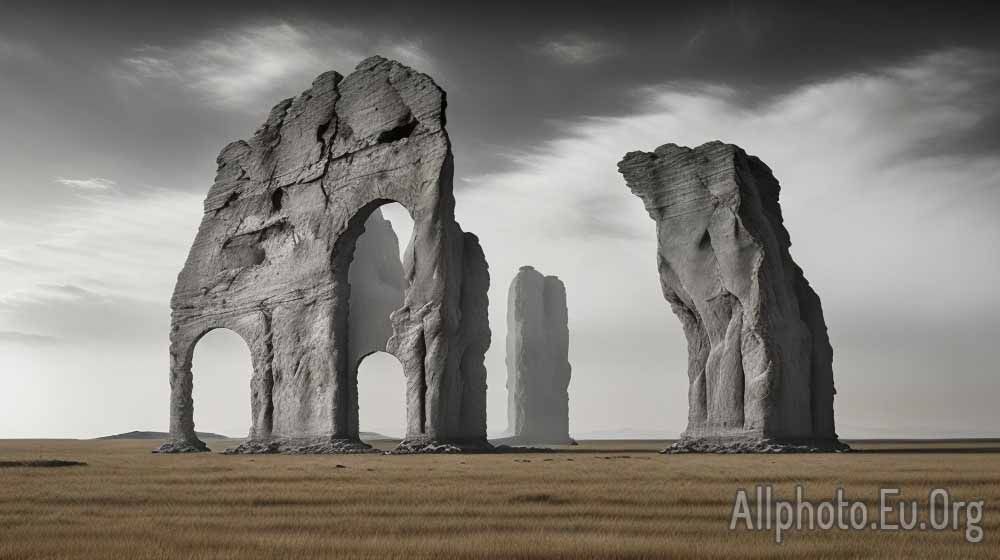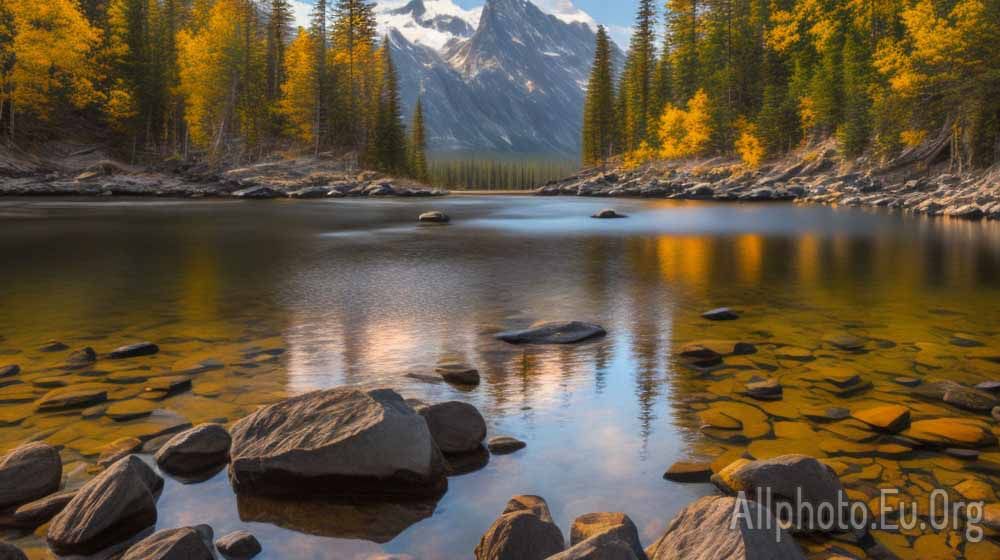The Power of Color Grading: Enhancing the Mood and Tone of Your Photos
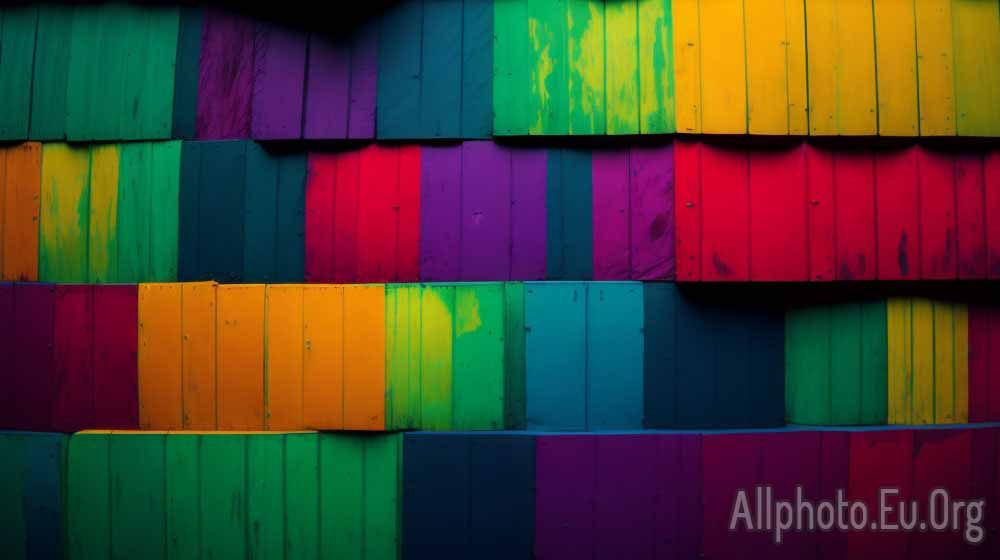
Color grading is the art of manipulating colors in an image or video to achieve a desired mood or tone. It's a technique used in the film industry to enhance the visual storytelling and create a cinematic look. However, color grading is not just limited to filmmakers; photographers can also use it to enhance their images' mood and tone.
Color grading is a powerful tool that can change the entire feel of an image. With the right color grading, you can transform a dull and lifeless photo into a vibrant and dynamic one. In this article, we will explore the power of color grading and how it can enhance the mood and tone of your photos.
What is Color Grading?
Color grading is the process of adjusting the colors and tones of an image to achieve a specific look. It involves changing the brightness, contrast, saturation, and hue of different color channels. Color grading can be used to create a warm, cool, or neutral look, depending on the desired mood or tone.
The color grading process can be done manually or with the help of software. There are several software programs available that can help photographers color grade their images. Some of the most popular ones include Adobe Lightroom, Photoshop, and Capture One.
Why Color Grading is Important?
Color grading is important because it can help convey the desired mood and tone of your photos. The color of an image can affect how people perceive it, and it can evoke different emotions depending on the colors used. For example, warm colors like red, orange, and yellow can evoke feelings of happiness, passion, and excitement, while cool colors like blue, green, and purple can evoke feelings of calmness, serenity, and tranquility.
Color grading can also help create a consistent look and feel across a series of images. This is especially useful for photographers who want to create a certain style or theme for their work. By color grading their images in a similar way, photographers can create a cohesive body of work that tells a story.
How Color Grading Can Enhance Your Photos
Color grading can enhance your photos in several ways. Here are some of the ways in which color grading can be used to enhance the mood and tone of your photos:
-
Creating a Warm or Cool Look
Color grading can be used to create a warm or cool look, depending on the desired mood or tone. Warm colors can create a cozy and inviting atmosphere, while cool colors can create a calm and serene atmosphere. By adjusting the white balance and temperature of an image, photographers can achieve a warm or cool look.
-
Adjusting the Contrast
Color grading can also be used to adjust the contrast of an image. By increasing the contrast, photographers can create a more dramatic look with deeper shadows and brighter highlights. This can be useful for creating a moody or cinematic look.
-
Adding Saturation
Adding saturation can help make colors pop and create a more vibrant look. This can be useful for enhancing the colors of a landscape or creating a bold and colorful portrait.
-
Changing the Hue
Changing the hue of an image can create a completely different look and feel. For example, changing the hue of a blue sky to a purple hue can create a surreal and dreamy atmosphere.
-
Creating a Vintage Look
Color grading can also be used to create a vintage look. By desaturating colors and adding a warm tone, photographers can create a vintage or retro look.
Conclusion
In conclusion, color grading is a powerful tool that can enhance the mood and tone of your photos. It can help convey the desired emotions and create a consistent look and feel across a series of images. By mastering the art of color grading, photographers can take their work to the next level and create stunning and memorable images that tell a story.
Additionally, color grading can also help photographers stand out in a crowded market. With the growing number of photographers out there, it's becoming increasingly important to have a unique style and vision. Color grading can be the key to achieving this, as it allows photographers to create a signature look that sets them apart from others.
One of the biggest advantages of color grading is that it's non-destructive. This means that photographers can experiment with different color grading techniques and settings without altering the original image. This is particularly useful for photographers who shoot in RAW format, as they have more flexibility in post-processing.
However, it's important to note that color grading is not a magic solution to all photographic problems. It's a tool that should be used to enhance images, not to fix them. It's still essential to get the basics of exposure, composition, and lighting right before applying color grading.
In conclusion, color grading is a powerful tool that can enhance the mood and tone of your photos. It can help convey emotions, create a consistent look and feel, and help photographers stand out in a crowded market. By mastering the art of color grading, photographers can take their work to the next level and create stunning images that tell a story. So, start experimenting with color grading and see how it can transform your images!
In summary, color grading is a powerful technique that photographers can use to enhance their images' mood and tone. By adjusting the colors and tones of an image, photographers can create a warm or cool look, adjust the contrast, add saturation, change the hue, or create a vintage look. Color grading can help convey emotions, create a consistent look and feel, and help photographers stand out in a crowded market. Remember, color grading should be used to enhance images, not to fix them. So, start experimenting with color grading and take your photos to the next level!
Tags
Latest Articles
Most Read
All Tags
Subscribe
Donate
Please consider supporting our efforts.
© 2023 All-Photo.Cf All rights reserved.
